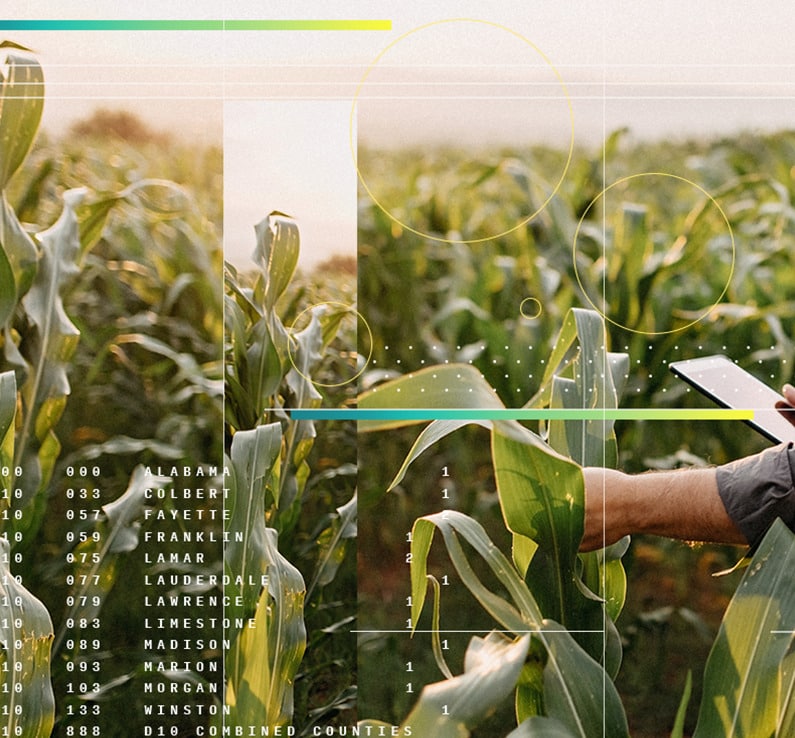The Current State of Net-Zero in Agriculture
Navigating the Changing Scope 3 Landscape
Spring 2023
As of this writing, in mid-2023, Greenhouse Gas Protocol (GHGP) and SBTi are hard at work and introducing significant changes to GHG accounting and reporting standards in the land sector. Some of these changes will be quite significant compared to existing carbon accounting practices in our industry. Such as:
The challenges of creating and meeting the proposed standards are sizable. However, the opportunities are equally great. Successful implementation will mean companies can invest in their supply chains to incentivize and account for farming practices to be adopted over the long term to increase soil health, reduce emissions, and remove carbon from the atmosphere.
To date, over 4,600 companies have pledged to reduce their carbon emissions with a science-based approach. Globally, we must halve our emissions by 2030 and be net zero by 2050 to reach a 1.5 degree C greenhouse gas (GHG) reduction pathway. But how do individual companies in the land sector, specifically those managing agricultural lands or sourcing from those lands, measure the carbon footprint they want to reduce? How should they measure and report their starting place so they can confidently demonstrate progress?
The answer requires a consistent process in measuring and reporting GHG emissions over time. Today, decarbonizing the agricultural supply chain is addressed by voluntary standards. However, these approaches for the land sector are new and still evolving. The content below provides a basic explanation of their current state, and what agricultural land sector organizations need to know to navigate the changing landscape of Scope 3 GHG accounting.
Overview:
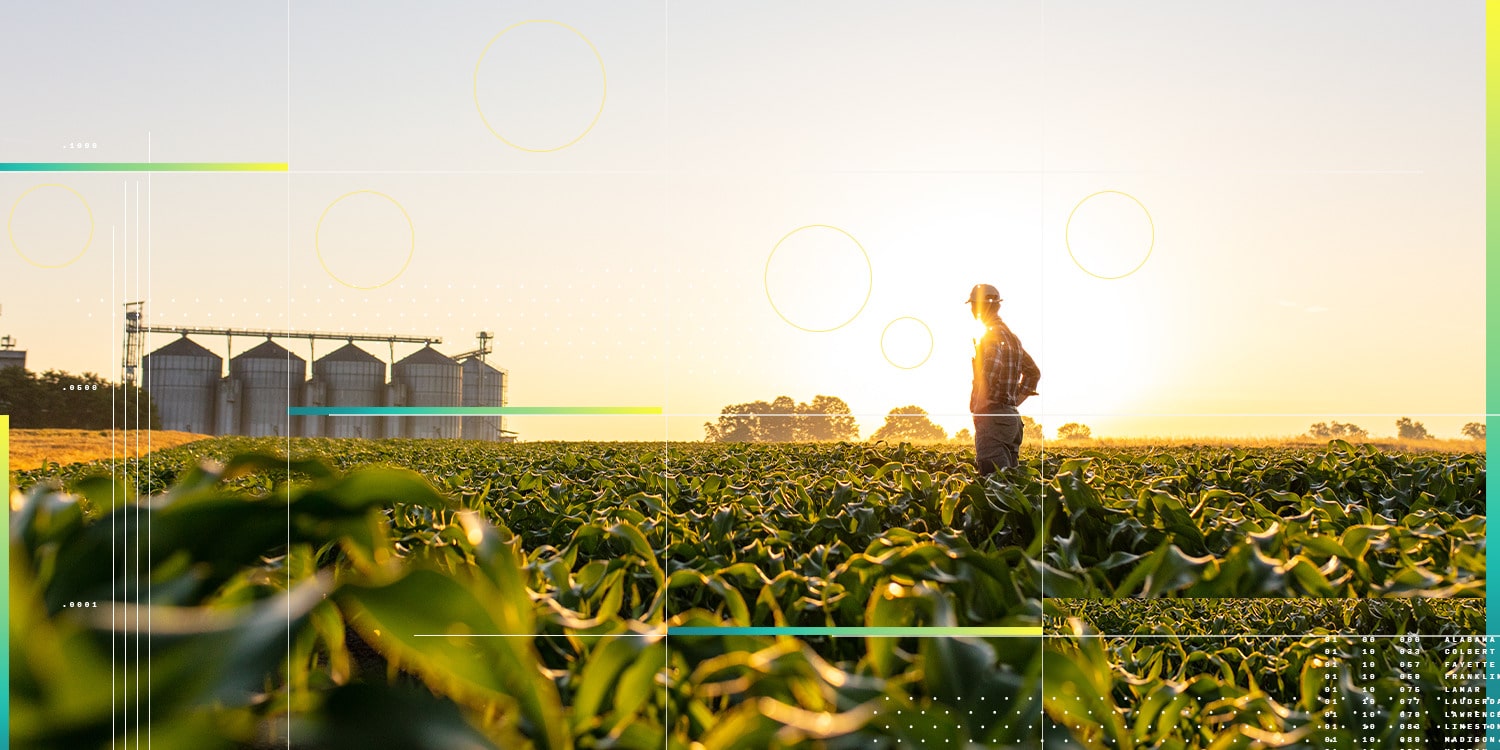
The last few years have been busy with a large number of net-zero commitments (more than a third of the global market capitalization has set ) and new standards being proposed in the land sector to help achieve those commitments. We have also seen a significant commitment from Nestle, Pepsi, Danone, General Mills, and others to source from acreage following regenerative practices. Companies that work in the agricultural supply chain are committed to reaching net zero via regenerative agricultural practices, but we are still developing a standardized accounting process to reach that goal. In short, we know the goalpost but are still strategizing on the best way to reach it.
The following voluntary standards are working to help create a framework to achieve GHG reduction goals in the agricultural land sector:
These standards are complementary and provide a framework for companies in the land sector to achieve their net zero goals, as detailed in the figure below.
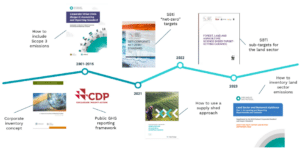
GHGP developed the idea of “Scopes” and wrote the most commonly used standard for corporate inventories in 2001, The GHG Protocol Corporate Accounting and Reporting Standard. To address supply chain accounting, in 2013, they released a more detailed standard on how to quantify, categorize, and report Scope 3 emissions called The Corporate Value Chain (Scope 3) Accounting and Reporting Standard.
Given the unique nature of agriculture, GHGP released additional Agricultural Guidance in 2014. However, many GHG accountants in the land sector felt they still did not have enough information to complete detailed inventories of critical emissions sources (such as carbon stock change), and there were additional questions on how removals (soil carbon mass equivalent of 1 ton CO2e) factor into annual GHG reporting. Given these complexities, GHGP has been drafting the Land Sector and Removals Guidance (LSRG), expected to be published in 2023.
The draft version of the Land Sector Removals Guidance (LSRG) introduces additional accounting guidelines to help provide the necessary detail to account for emissions from the land sector.
This includes:
Reporting new emissions categories and sources will require companies to implement new strategies and evaluate new tools and methods for quantification. New emissions sources are outlined by the GHGP. The Science Based Targets Initiative (SBTi)’s Forestry, Land use and Agriculture (FLAG) guidance has also identified additional emissions sources that must be quantified for companies with an SBTi FLAG target. Emissions sources that may be new for many inventory practitioners in agriculture include (but are not limited to):
Including these will mean recalculating inventory baselines for many companies. This will require a bit of planning to ensure quantification of emissions is completed consistently each year so that inventory years are comparable to demonstrate trends over time.
Additionally, emissions categories are proposed to separate land emissions from non-land emissions and emissions from removals. These new reporting formats will facilitate setting separate sub-targets for each category of GHG impact.
Adjusting the annual inventory process to consider these emissions sources/categories is a challenging task, but emerging technologies and quantification tools for accounting can support this transition. Inventory and GHG accounting tools like CIBO Impact can model emissions and quantify reductions over large geographic areas. CIBO Impact also builds in native support for computer vision and public databases to collect and curate a large amount of primary and secondary data to support this effort.
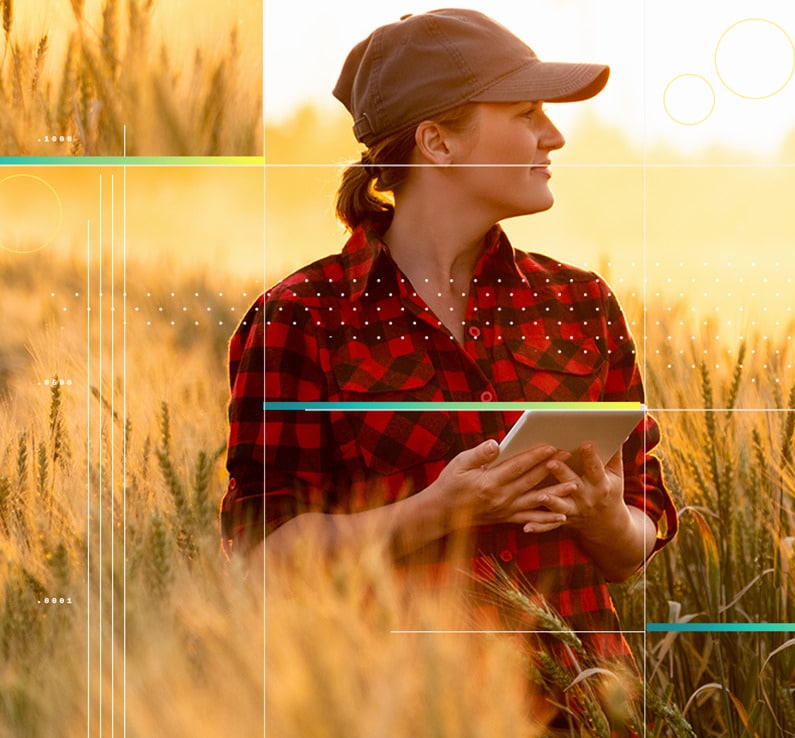
Reporting removals (each year) is optional. If companies report, they must meet safeguards related to:
There are still some core-process and administrative details that remain to be worked out from the draft guidance. For example:
A key indicator of success for removals claiming will be to ensure all reporting organizations are using similar/comparable “measuring sticks”. This will ensure a reported removal by any company corresponds with a ton of carbon being removed in the atmosphere. Detailed requirements for quantifying and reporting uncertainty can support this goal. While it may not make sense to borrow too much from offset protocols for Scope 3 accounting, given they are different carbon market instruments in service of attaining different goals (generating carbon credits vs. getting/keeping acres in regenerative practices), the existing work explored in model calibration, validation and uncertainty guidance may be helpful.
CIBO Technologies is the first organization in the US to have a project “under validation” on Verra’s VM0042 protocol which includes the requirement to perform and publish a scientific Model Validation Report. We are optimistic that the level of detail for model calibration, validation, and uncertainty from these offset protocols can inform modeling requirements for Scope 3 standards to keep the “measuring sticks” consistent while avoiding a direct translation of requirements that are not sensitive to the different risk profiles of Scope 3 removals versus carbon offsets generated from sequestration.
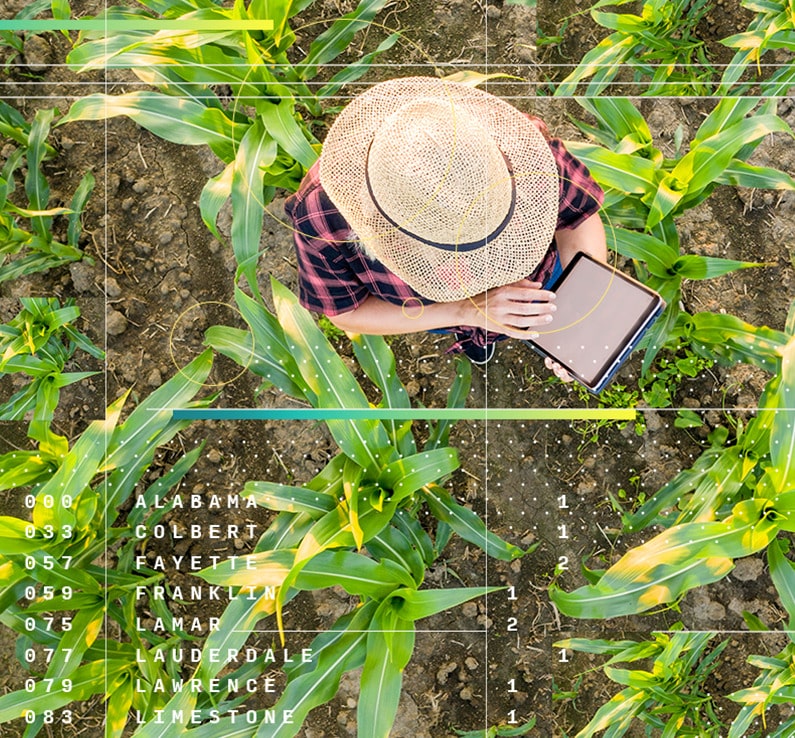
Agricultural supply chains are complex. They are distributed across vast geographies, diffuse in that they may source small amounts of yield from a large number of suppliers across a vast geography, and diverse in that the suppliers will change with the year or even the seasons as crop rotations shift, contracts execute and commodities prices fluctuate. As more farmers adopt regenerative practices such as crop rotation, intercropping, double cropping, and cropland grazing, we will see more products being produced on single fields and even in a single season, adding additional complexity. While these practices are wonderful for soil health and emissions reduction, they present a non-trivial emissions accounting challenge for Scope 3.
Supply shed and intervention accounting can enable a “controlled blending” accounting system. This enables companies with overlapping supply sheds to “intervene” in farms within their sourcing region. Companies account for the benefits of adopting sustainable practices on a given farm without double counting along the same segment or “link” of the supply chain. This is the subject of focus for the Value Change Initiative (VCI). Determining the fine details of how this merging of project and inventory accounting will work, and what will be the impact on existing project and inventory assurance processes, is underway. It is clear an accounting system that can handle such complexities is necessary if companies in our industry are to meet their stated carbon and climate commitments to achieve a 1.5 degree C reduction pathway.
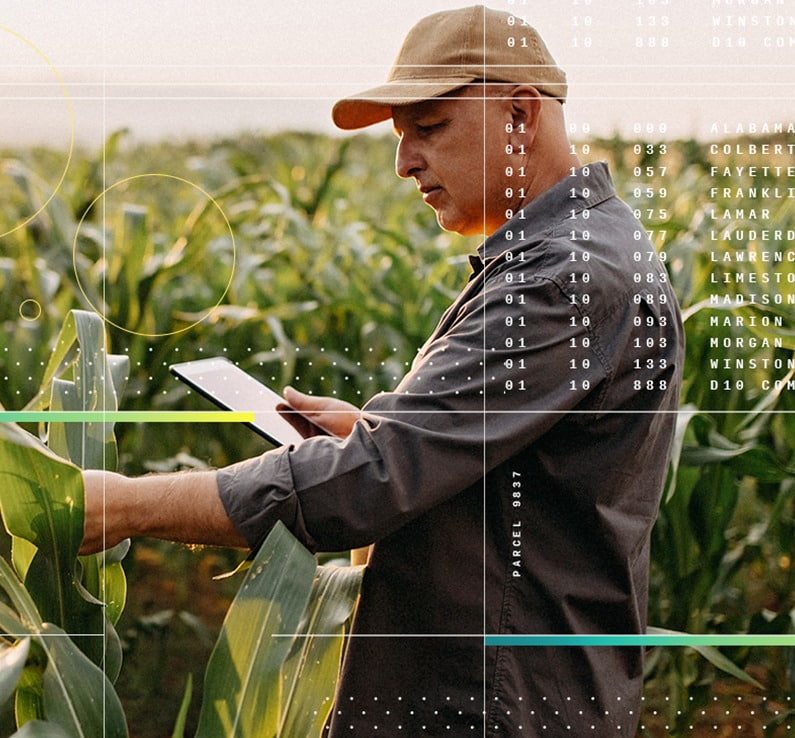
The agricultural ecosystem is dynamic. It is alive and changing constantly, sometimes faster, sometimes more slowly. It is affected by weather, planting decisions, practice decisions, inputs, and natural disasters. The inventory baseline approach we have used in the past for calculating emissions from power generation or stable manufacturing processes may not be appropriate when we consider the significant variation of emissions from the land sector. GHGP has proposed a base-period approach where the emissions from the land for a number of years are averaged to control for biodynamic variation. Although this is a significant change from current baselining approaches that leverage emissions factors from static, large-scale, single-crop-focused life cycle assessments, modern technology allows us to baseline living agricultural systems with a reasonable degree of accuracy for inventories. Using remote sensing tools and public data, we can model this without introducing a data burden to farmers.
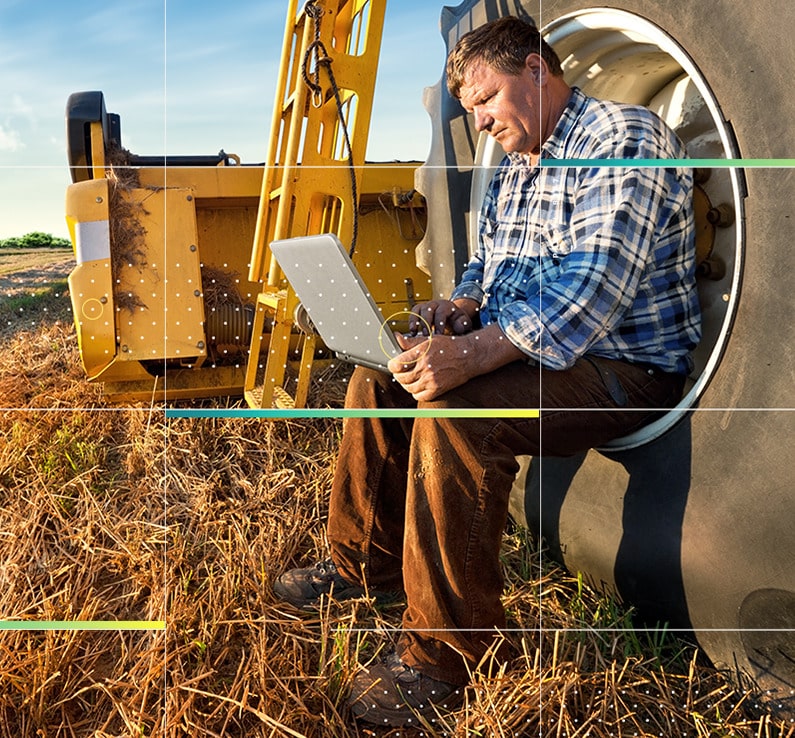
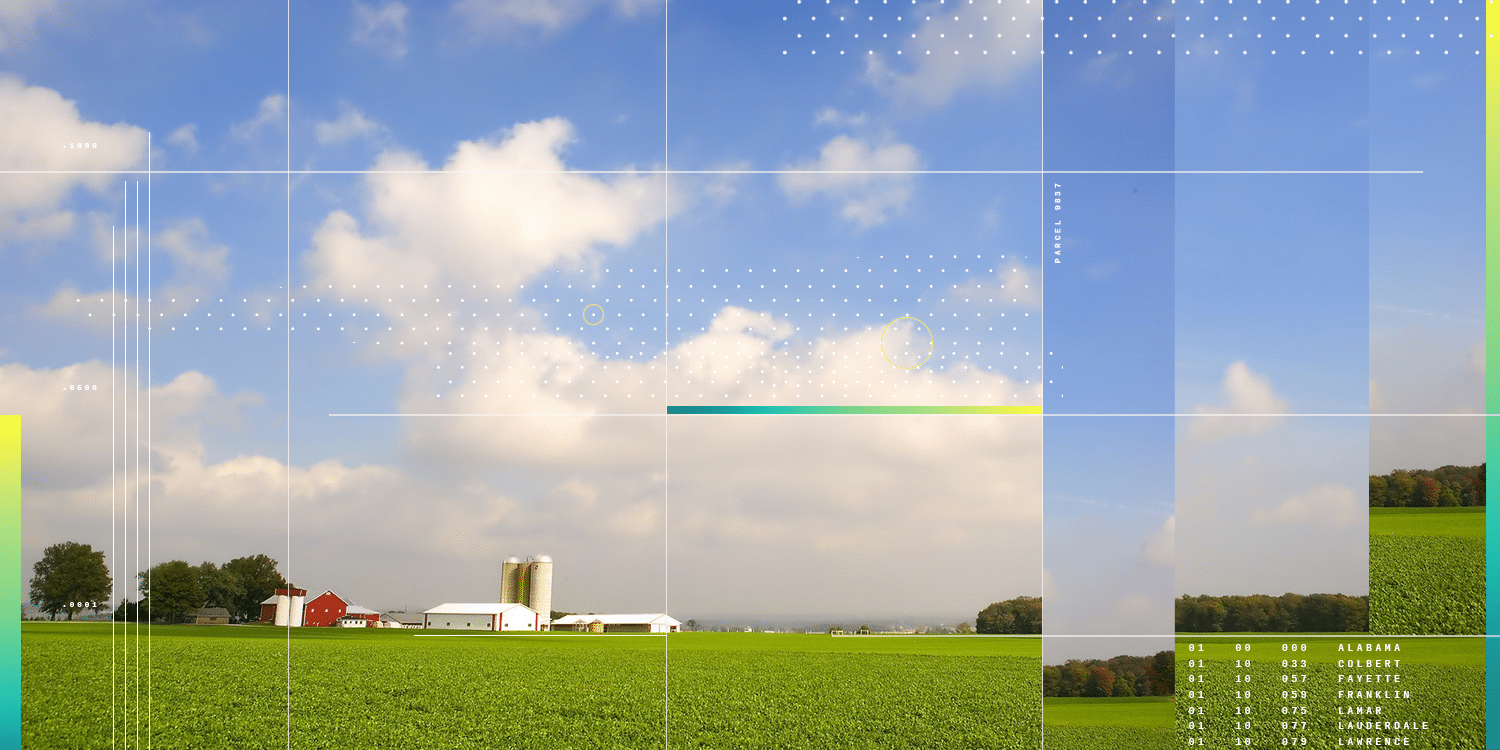
The challenges of creating and meeting the proposed standards are sizable. Still, it is important to recognize the tremendous amount of effort that has been invested in these frameworks and in technological solutions available to help inform the frameworks. GHGP, VCI, SBTi, and those that support them have created an incredible amount of guidance in a short timeline (even with regards to GHG accounting timescales) to inform the development of the LSRG. There is a good deal of balancing that is required to develop an accounting system that can be applied to all companies that source products and ingredients from working lands. Once established, this accounting guidance will provide a framework to account for many of the regenerative practices that have a climate benefit.
A successful implementation of the LSRG will mean companies can invest in their supply chains to incentivize and account for farming practices to be adopted over the long term to increase soil health, reduce emissions, and remove carbon from the atmosphere.
SBTi and GHGP are related. SBTi is a target setting standard that is informed by the accounting approach established by GHGP. SBTi defines a framework for companies to achieve GHG reduction goals in line with either 1.5 degree C or 2 degree C global warming scenarios. Agricultural companies have not yet had detailed guidance to date on how to set and achieve these goals; SBTi FLAG fills that gap.
SBTi FLAG covers near-team target setting in the land sector (over the next 5-10 years), while the Net Zero Standard covers how to achieve long-term FLAG net-zero targets. SBTi FLAG guidance is based on the accounting principles of the GHGP LSRG, so it will continue to change as that standard is finalized.
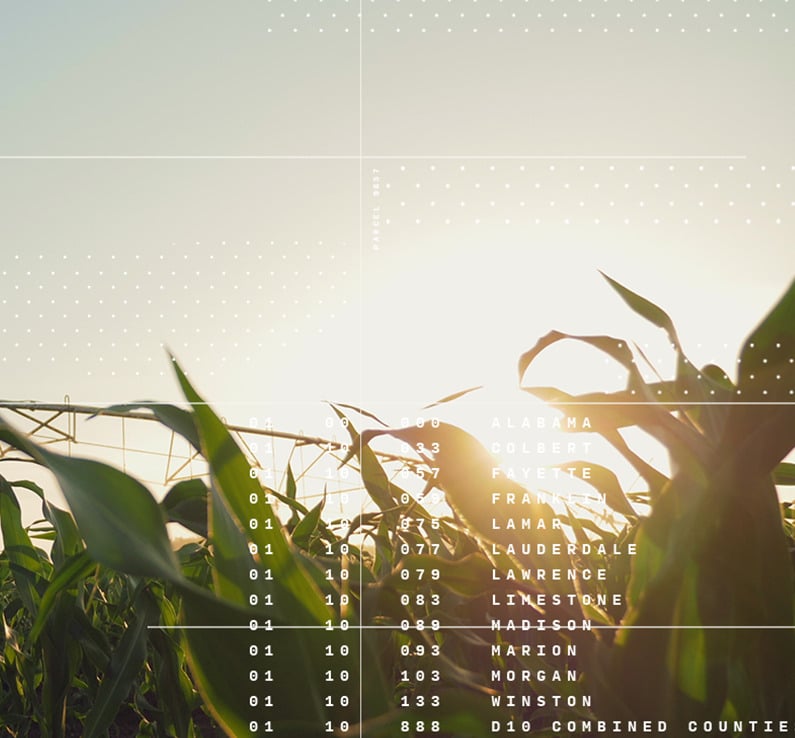
A FLAG target is a goal to reduce land emissions within a company’s inventory to a 1.5 degree C pathway. A FLAG target must “cover” or be based on an initial carbon footprint that includes 95% of Scope 1 and 2 FLAG-related emissions and 67% of Scope 3 FLAG-related emissions. Targets are separate from non-FLAG SBTi targets that exist today, meaning that companies under SBTi will need to track progress towards their FLAG and non-FLAG goals in parallel.
Targets require separate “sub” targets for emissions reductions and removals (soil organic carbon [SOC] increases), but these can also be combined into a net target. There are two important considerations for these separate targets:
There are two FLAG target pathways:
Companies can combine targets for multiple commodity pathways and the sector pathway when considering targets.
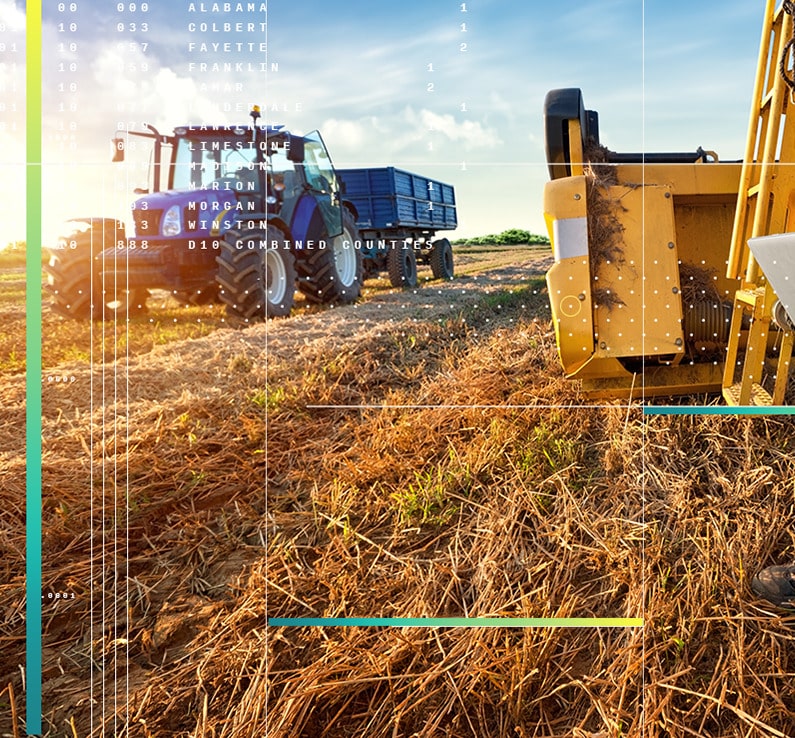
Committing to SBTi is voluntary. However, once a company decides to commit, SBTi has guidance on how those commitments must be made. All companies that commit to SBTi within a FLAG-designated sector (e.g., food and beverage processing) and have >5% of their carbon footprint associated with land and agriculture must set a FLAG Target. Companies not in a FLAG sector that still source from ag land with FLAG-related emissions that total 20% or more of their overall emissions across scopes must also set a FLAG target. It all comes down to the idea that companies involved with forestry, land use, and agriculture should be setting FLAG targets. While there may be exceptions, they are rare, and SBTi has accounted for them.
After April 2023, companies in the process of setting a non-FLAG target will be required to also set a FLAG target. For companies with an existing FLAG target, the following guidelines are relevant:
For companies that don’t meet the 20% threshold but have material emissions (from the thresholds described above) from the land sector, a FLAG target can still be helpful, since it enables that company to claim removals.
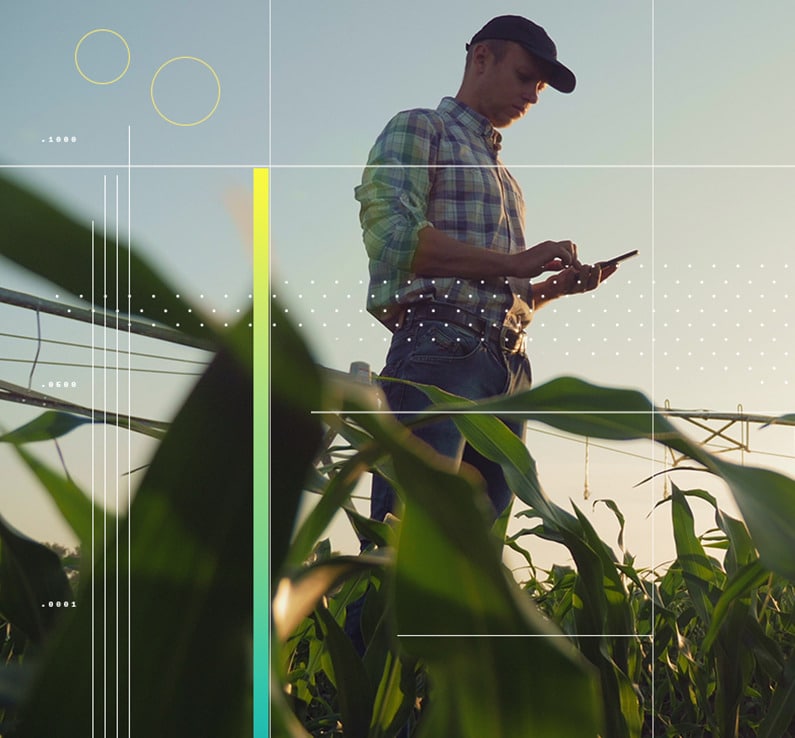
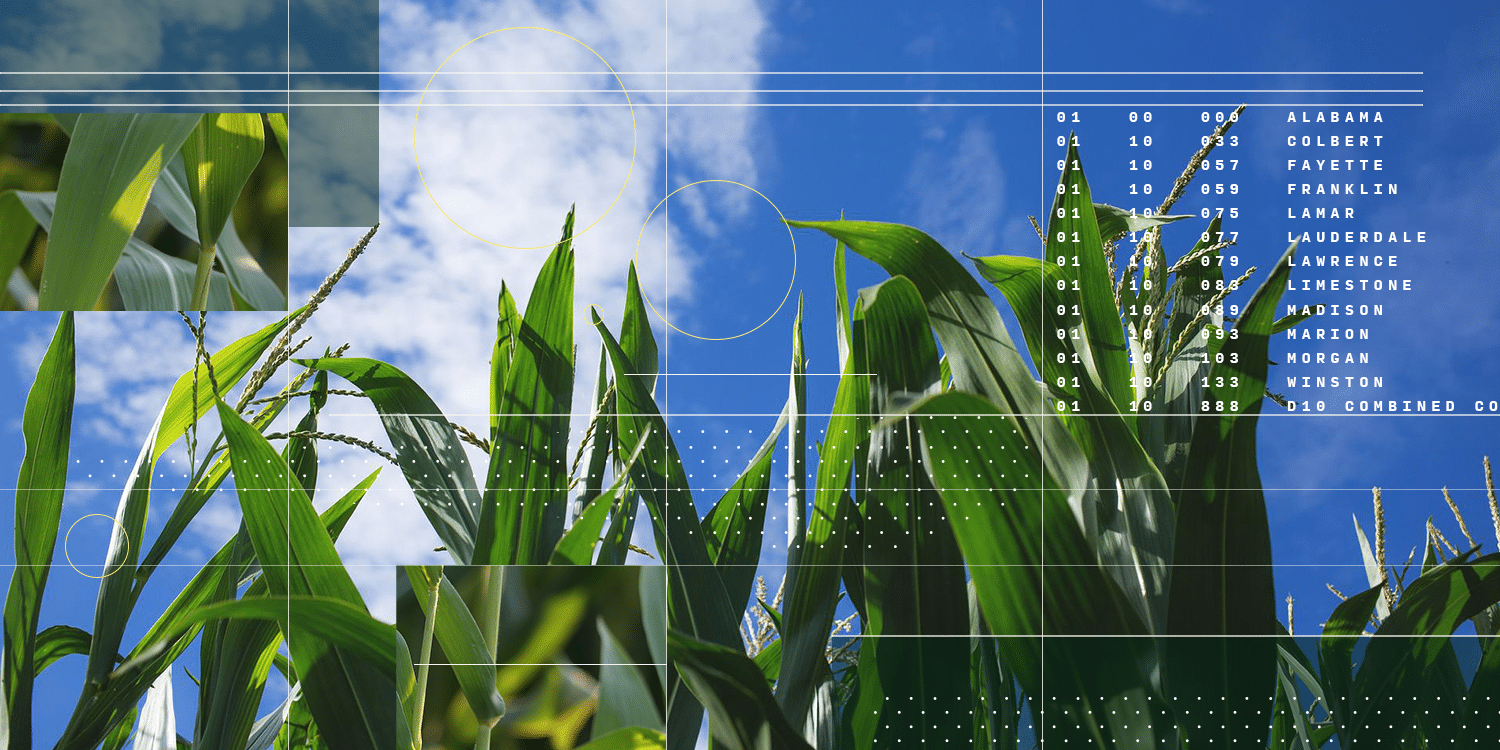
GHGP has undergone an extensive outreach process and has collected comments from pilot partners and technical reviewers in Q4 of 2022 and Q1 of 2023. The next steps are for a final version of the Greenhouse Gas Protocol Land Sector and Removals Guidance to be developed and released in 2023. Following the final version of this guidance, SBTi FLAG will be updated to ensure SBTi is in proper alignment with GHGP. At that point, we will have a hard-earned framework to continue supporting the adoption of regenerative agriculture at scale.
The co-benefits associated with the adoption of regenerative agriculture should not be ignored. One could argue soil health is the most critical of these co-benefits, as this will be crucial to prioritize to produce food and fiber for generations to come.
We also know that regenerative agriculture has benefits from water quality/retention to biodiversity. Similar to what we are developing for carbon in our industry, there is a need for standards to measure and report these additional benefits. Once we agree on what we will measure and how, we will report these ecosystem services. CIBO is committed to building a seamless process to report these outcomes. Indeed, CIBO is already leading the way in anticipating and developing forward-looking solutions. CIBO’s supply shed tool already quantifies regenerative practice adoption, tillable acres, and yield (in addition to carbon outcomes). Additionally, CIBO has already incorporated watershed districts for comparisons and quantification in anticipation of adoption of standards such as the Science Based Targets Network Freshwater Guidance.
CIBO Impact can support companies in quantifying GHG emissions for GHGP LSRG and SBTi FLAG emissions sources. CIBO Impact operates at both the supply shed and individual program scale to provide an opportunity to re-baseline and start making progress towards net-zero targets.
As a combined inventory accounting and program implementation tool, CIBO Impact facilitates the pre-qualification, enrollment, quantification, and reporting of program acres while also tracking the impact of programs at the landscape scale. CIBO’s technology reduces the data burden on growers and provides maximum transparency on program benefits, while also providing verifiable outcomes that meet corporate needs to demonstrate decarbonization.
